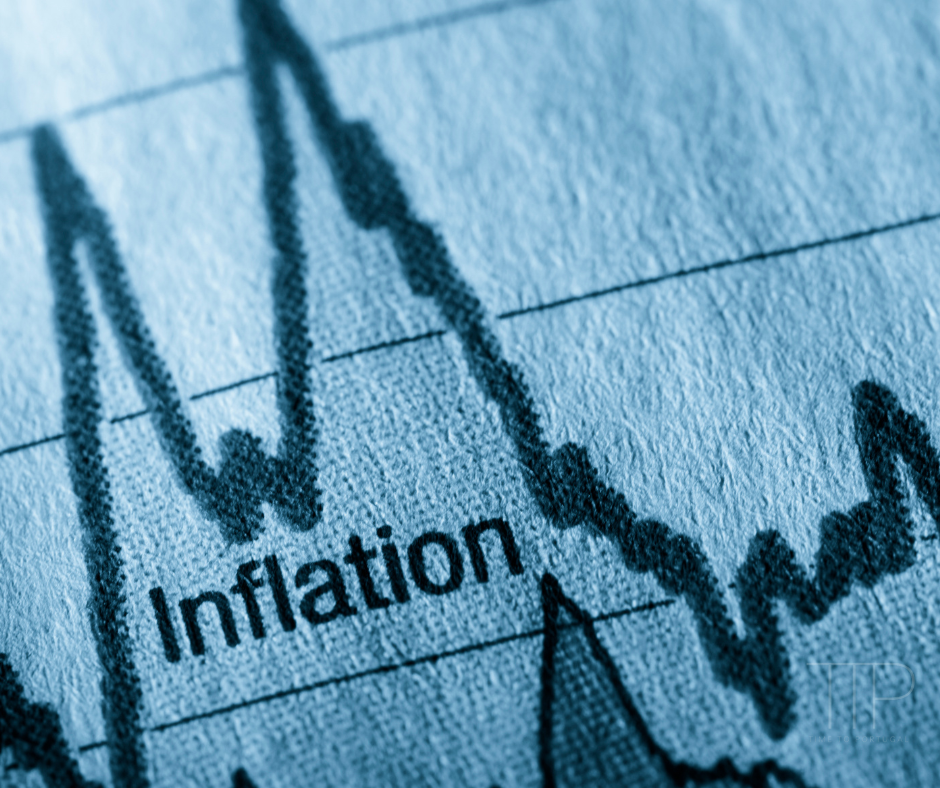The National Statistics Institute’s flash estimate shows that inflation in December slowed down again for the fourth month in a row. Relief from rising food prices explains the new slowdown, supported by Zero VAT, which is still in force on a number of essential food items.
Inflation slowed to 1.4% in December, according to the flash estimate from the National Statistics Institute (INE) released this Friday. This slowdown is explained by the easing of food price rises, explained by the zero VAT still in force on a number of essential food items.
“Based on the information already collected, the year-on-year rate of change in the consumer price index (CPI) will have fallen to 1.4% in December 2023, 0.1 percentage points lower than in the previous month,” says INE.
This is already the fourth consecutive slowdown in the consumer price index, since the slight acceleration in August. In November, inflation had already fallen below the European Central Bank’s 2% target (1.6%) and now, in December, the year-on-year change has slowed down even more, reaching the lowest value since June 2021.
INE indicates that “the main contribution to this slowdown comes from the behavior of food prices, which fell by 0.6% compared to the previous month”. The index for unprocessed food products slowed to 2%, compared to 3.5% in November.
Also pulling down the year-on-year change in inflation was the index for energy products. However, in December, energy fell less than in the previous month. The year-on-year change was -10.5%, compared to -12.4% in the previous month.
On the other hand, the underlying inflation indicator, which excludes unprocessed food and energy products (as they are more subject to price changes), is said to have registered a change of 2.6%. This figure compares with 2.9% in the previous month and is the one the ECB is paying most attention to when defining its monetary policy.
Compared to the previous month, the change in the CPI was -0.5%, two tenths less than in November and December 2022. The average change over the last twelve months is estimated at 4.3%, compared to 5% in the previous month. This compares with an average change of 7.8% in 2022.
On the other hand, Portugal’s Harmonized Index of Consumer Prices (HICP), which allows price trends to be compared with those of the other member states, is estimated to have recorded a year-on-year change of 1.8%, four tenths less than in November.


[…] Related read: Portugal closes the year with inflation at 1.4% […]
[…] Related article: Portugal closes the year with inflation at 1.4% […]